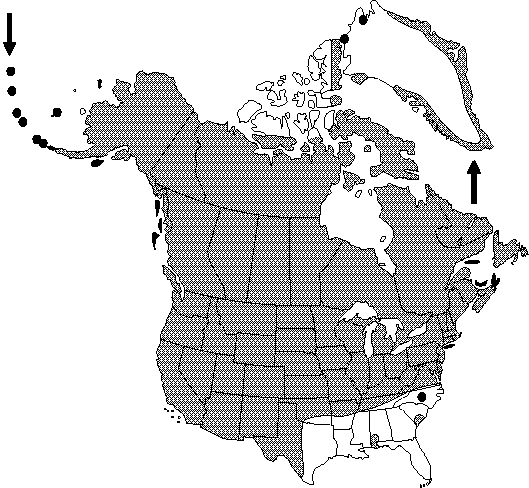Ranunculus aquatilis var. diffusus
Arr. Brit. Pl. ed. 3, 2: 507. 1796.
Leaves all filiform-dissected. Achenes 1-1.8 × 0.8-1.2 mm; beak 0.2-1.2 mm. 2n = 16, 32, 48.
Phenology: Flowering spring–summer (Apr–Sep).
Habitat: Ponds, lakes, streams, ditches, edges of rivers
Elevation: 0-3200 m
Distribution

Greenland, Alta., B.C., Man., N.B., Nfld. and Labr., N.W.T., N.S., Nunavut, Ont., P.E.I., Que., Sask., Yukon, Ala., Alaska, Ariz., Ark., Calif., Colo., Conn., Del., Idaho, Ill., Ind., Iowa, Kans., Ky., Maine, Md., Mass., Mich., Minn., Mo., Mont., Nebr., Nev., N.H., N.Mex., N.J., N.Y., N.C., N.Dak., Ohio, Okla., Oreg., Pa., R.I., S.C., S.Dak., Tenn., Tex., Utah, Vt., Va., Wash., W.Va., Wis., Wyo., Mexico, Eurasia, Australia.
Discussion
Populations of Ranunculus aquatilis var. diffusus with long achene beaks are not known from the Old World. In North America, beak length varies continuously over the whole range given for the variety, and separation of plants with unusually long beaks as R. longirostris is not tenable. Ranunculus aquatilis var. diffusus shows geographic variation, and some regional forms have been recognized as separate varieties. Dwarf creeping arctic plants may be called R. aquatilis var. eradicatum, plants with sparsely pubescent or glabrous receptacle from eastern North America may be called R. aquatilis var. calvescens, plants with linear, noncapillary leaf segments from the northern Great Basin may be called R. aquatilis var. porteri, and very robust plants from Oregon and northernmost California may be called R. aquatilis var. harrisii. Extreme forms of these races are recognizable, but they intergrade and many specimens cannot be confidently assigned to one or another of them.
The Eurasian species Ranunculus circinatus Sibthorp has been reported from North America. These reports are based on specimens of R. aquatilis var. diffusus.
Selected References
None.